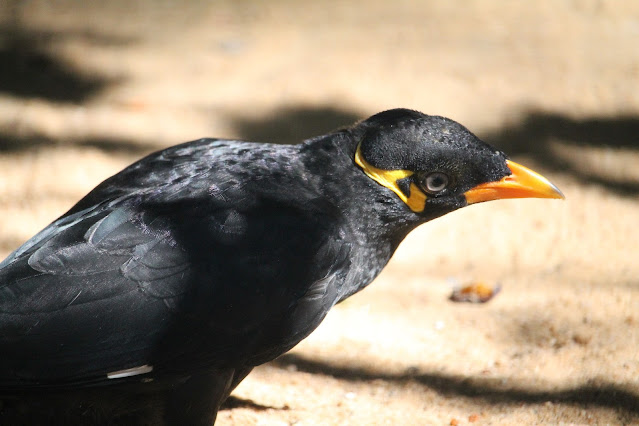Why aren't there crocodiles in Europe? | The Next Master

Why aren't there crocodiles in Europe? Crocodiles are not native to Europe because the climate and geography of Europe are not suitable for their survival. During the last Ice Age, which ended about 10,000 years ago, much of Europe was covered in ice and snow, making it inhospitable to crocodiles. After the Ice Age, the climate in Europe became colder and wetter, making it difficult for crocodiles to thrive. Additionally, Europe is separated from Africa and Asia, the natural habitats of crocodiles, by large bodies of water, making it difficult for them to migrate to Europe. Crocodiles also require warm and sunny environments to regulate their body temperature and to bask in the sun, which they need to digest their food. Europe's climate is not warm enough to provide the necessary conditions for crocodiles to thrive, and the lack of sunlight in winter months would make it difficult for them to regulate their body temperature. Furthermore, Europe has a large human population and ...






